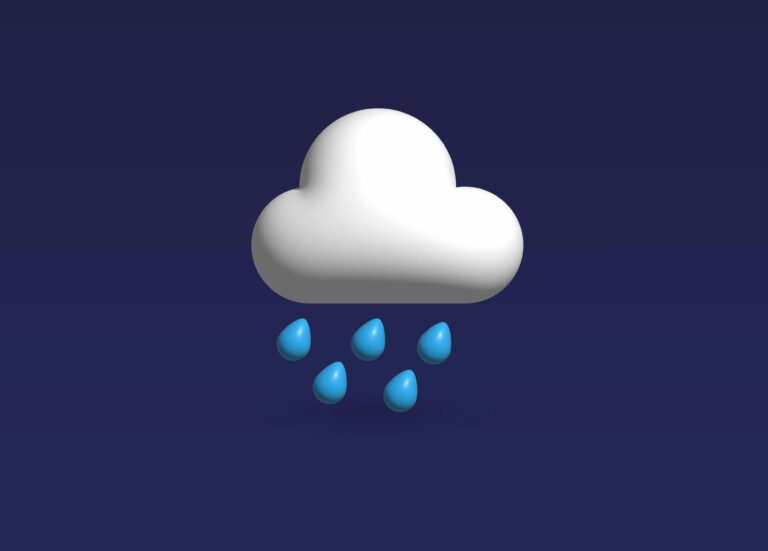Several innovative weather applications have recently entered the market, promising users enhanced accuracy and personalized forecasting through cutting-edge technology. These new platforms leverage advanced data analytics, machine learning, and real-time satellite integration to deliver hyper-local weather updates and interactive features. As climate variability continues to impact communities worldwide, these apps aim to provide timely, reliable information that supports better decision-making for individuals, businesses, and emergency services alike. This article explores the latest developments in weather app technology and the potential benefits they bring to weather monitoring and forecasting.
Table of Contents
- New Weather Apps Introduce Revolutionary Real-Time Forecasting Technology
- Enhanced User Experience with Customizable Notification Settings and Interface
- Integration of AI and Machine Learning for Hyperlocal Weather Predictions
- Expert Recommendations for Choosing the Best Weather App for Your Needs
- The Way Forward
New Weather Apps Introduce Revolutionary Real-Time Forecasting Technology
The latest wave of weather applications is setting new standards by integrating real-time forecasting technology that leverages advanced machine learning algorithms and hyperlocal data streams. This innovation enables users to receive pinpoint-accurate weather updates tailored to their immediate surroundings, drastically improving the precision of alerts for severe weather events. With these apps, forecasting is no longer just predictive but interactive, allowing users to contribute local insights and receive instant updates on sudden atmospheric changes.
Key features revolutionizing user experience include:
- Dynamic radar visuals that update minute-by-minute for storm tracking
- Personalized alert systems based on user location and activity preferences
- AI-driven weather risk assessments for travel, agriculture, and outdoor recreation
- Seamless integration with smart home devices for automated climate control
| Feature | Old Apps | New Apps |
|---|---|---|
| Update Frequency | Every 30 mins | Every 1-5 mins |
| Location Accuracy | City-wide | Street-level |
| User Interaction | Basic | Real-time feedback & contributions |
| Alert Customization | Predefined | Highly personalized |
Enhanced User Experience with Customizable Notification Settings and Interface
Users now have the power to tailor their weather updates exactly how they like, thanks to an array of customizable notification options. Whether it’s alerts for sudden weather changes, daily forecasts, or severe weather warnings, these new apps allow for precise control over the frequency and type of notifications received. This level of personalization means that users are only disturbed by information that matters most to them, increasing engagement and overall satisfaction.
In addition to notifications, the interface design has been reimagined to accommodate diverse preferences and accessibility needs. Featuring multiple themes, including dark mode for comfortable nighttime use, and adjustable font sizes, the apps ensure readability and ease of navigation for all users. Below is a quick overview of the customizable elements available:
- Notification Types: Hourly, daily, severe alerts
- Notification Sounds: Choose from tone library or mute
- Themes: Light, dark, high contrast
- Font Size: Small, medium, large
- Layout Options: Classic, card-based, minimalist
Integration of AI and Machine Learning for Hyperlocal Weather Predictions
Recent advancements in artificial intelligence and machine learning have revolutionized the accuracy and granularity of weather forecasting, enabling real-time hyperlocal predictions down to street-level detail. By processing massive datasets from satellites, weather stations, and IoT sensors, these systems dynamically learn atmospheric patterns, adjusting forecasts with unprecedented precision. This integration allows new weather applications to deliver highly personalized insights, such as sudden rain alerts or localized temperature shifts, empowering users to make timely decisions.
Key innovations driving this transformation include:
- Deep learning algorithms modeling complex meteorological phenomena
- Adaptive neural networks updating predictions based on live data streams
- Data fusion techniques blending multiple weather sources for enhanced clarity
| Feature | Benefit | Example Use Case |
|---|---|---|
| Real-time Updates | Minimized forecast lag | Instant rain warnings during outdoor events |
| Microclimate Detection | Accurate local variations | Tailored gardening schedules in urban neighborhoods |
| Predictive Analytics | Proactive risk management | Early alerts for flash flooding in vulnerable zones |
Expert Recommendations for Choosing the Best Weather App for Your Needs
When selecting a weather app, it’s essential to consider the precision and depth of meteorological data it provides. Look for apps that source information from reliable weather stations and satellite data for accurate forecasts. Additionally, apps offering hyper-local updates, including minute-by-minute rain predictions or air quality indexes, elevate your planning accuracy. The integration of customizable alerts ensures users receive critical weather warnings tailored to their location and lifestyle, a major plus for those in regions prone to sudden weather changes.
Usability also plays a pivotal role in maximizing the app experience. Features like intuitive interfaces, easy-to-read graphical forecasts, and seamless navigation are indispensable. Consider apps that support multiple platforms and synchronization across devices for convenient access wherever you are. The table below highlights key features to evaluate, helping streamline your decision process:
| Feature | Benefit |
|---|---|
| Data Accuracy | Reliable and timely forecast updates |
| Custom Alerts | Personalized warnings for severe weather |
| User Interface | Effortless navigation and clear visuals |
| Cross-Device Sync | Consistent weather info anytime, anywhere |
| Additional Metrics | Air quality, pollen count, and UV index |
The Way Forward
As the demand for accurate and timely weather information continues to grow, these newly launched weather apps represent a significant leap forward in forecasting technology. By integrating cutting-edge features such as real-time data analytics, hyperlocal alerts, and immersive user interfaces, they are set to transform how individuals and industries prepare for and respond to weather conditions. Users can expect enhanced reliability and personalized experiences, underscoring the evolving landscape of digital weather services. As these apps gain traction, they will undoubtedly play a critical role in improving safety, planning, and day-to-day decision-making across the globe.

